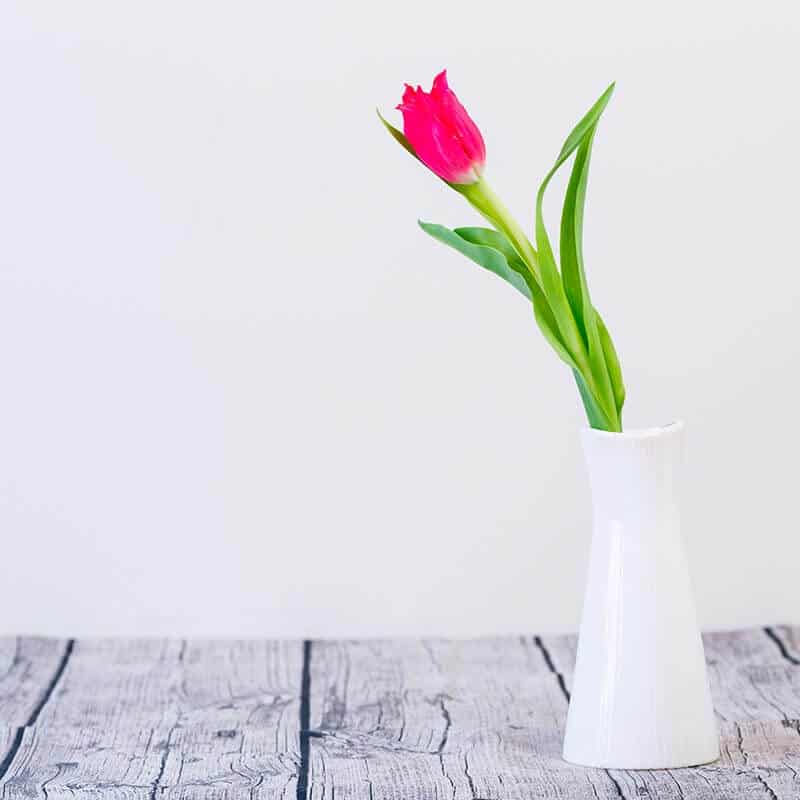Humans, since the beginning of time have been an amusing species, always out to prove themselves to themselves and others. What’s more important? The self or the image we create? […]
Humans, since the beginning of time have been an amusing species, always out to prove themselves to themselves and others.
What’s more important? The self or the image we create? As it would appear, for many amongst us the image is more important through possessions that would seem to speak about our identity.
All through history we have been masters at going to the kind of lengths where absurdity is just not enough and many of us prefer to carry things to the point of being ridiculous, preposterous, even nonsensical. There are of course reasons why it is said, to err is human.
Status symbols through possessions have long personified the self image. Be it a large house with more rooms than we need or the number of cars per family or even a pineapple. Yes, a pineapple. During the 18th century this humble but delicious fruit, freely grown in the tropical countries, was expensive in Europe. As a show of their wealth hosts would display a pineapple on the mantle, even if it were a rotten one. If they couldn’t afford to buy, they would rent one.
Let’s have a look at some of the other interesting status symbols.
In many countries during the ancient times and in some, to this day, being overweight is considered a way to show one belongs to the affording class.
During the 16th and 17th century cleaning with water was considered unhygienic and for the poor by many, they therefore wore wigs to cover up the lice and used white clean looking collars to prove they belonged to the upper class.
Tulips, that were commonly grown in Turkey and Persia were brought to Holland in the 16th century where they quickly grew to be a symbol of great wealth. Same as a pineapple, one tulip would be displayed on the mantle to show how rich they were.
Heedless of diabetes and other associated health problems, sugar at one time was the food for the kings and the nobles. Each course would be followed by sugar. Before I forget, apart from the kings and the nobles, it was the higher ranked priests of the church who were allowed to use sugar, as expensive as it was.
To this date it is the male priests and not the nuns who are allowed to hold mass since it is only the males that can act as Christ and God.
Religion itself has been and is a status symbol. The higher the level of involvement or control the more affluent you are in many nations.
Today, caviar, designer labels, expensive foods, expensive watches and suchlike have replaced sugar, pineapples and tulips. Smartphones are are without a doubt passe since most of us manage to buy one with a large screen.
After the fall of communism in the Czech Republic, those who had hoarded money and the new business people who began making big money had to show their socioeconomic status with very large houses, noticeably often reminding of castles including a canal. These became so recongizable that they eventually earned a name: Czech business baroque (= České podnikatelské baroko).
One often hears about those with big bucks being referred to as the elite. Shouldn’t the elite be the really educated ones?
Author: Martina Advaney
Photos: Shutterstock
Support us!
All your donations will be used to pay the magazine’s journalists and to support the ongoing costs of maintaining the site.
Share this post
Interested in co-operating with us?
We are open to co-operation from writers and businesses alike. You can reach us on our email at cooperations@youthtimemag.com/magazine@youthtimemag.com and we will get back to you as quick as we can.










